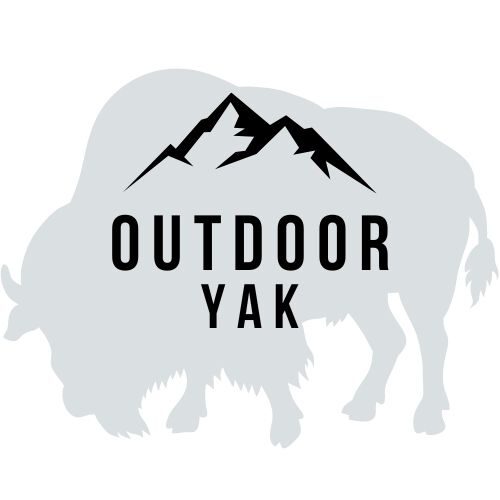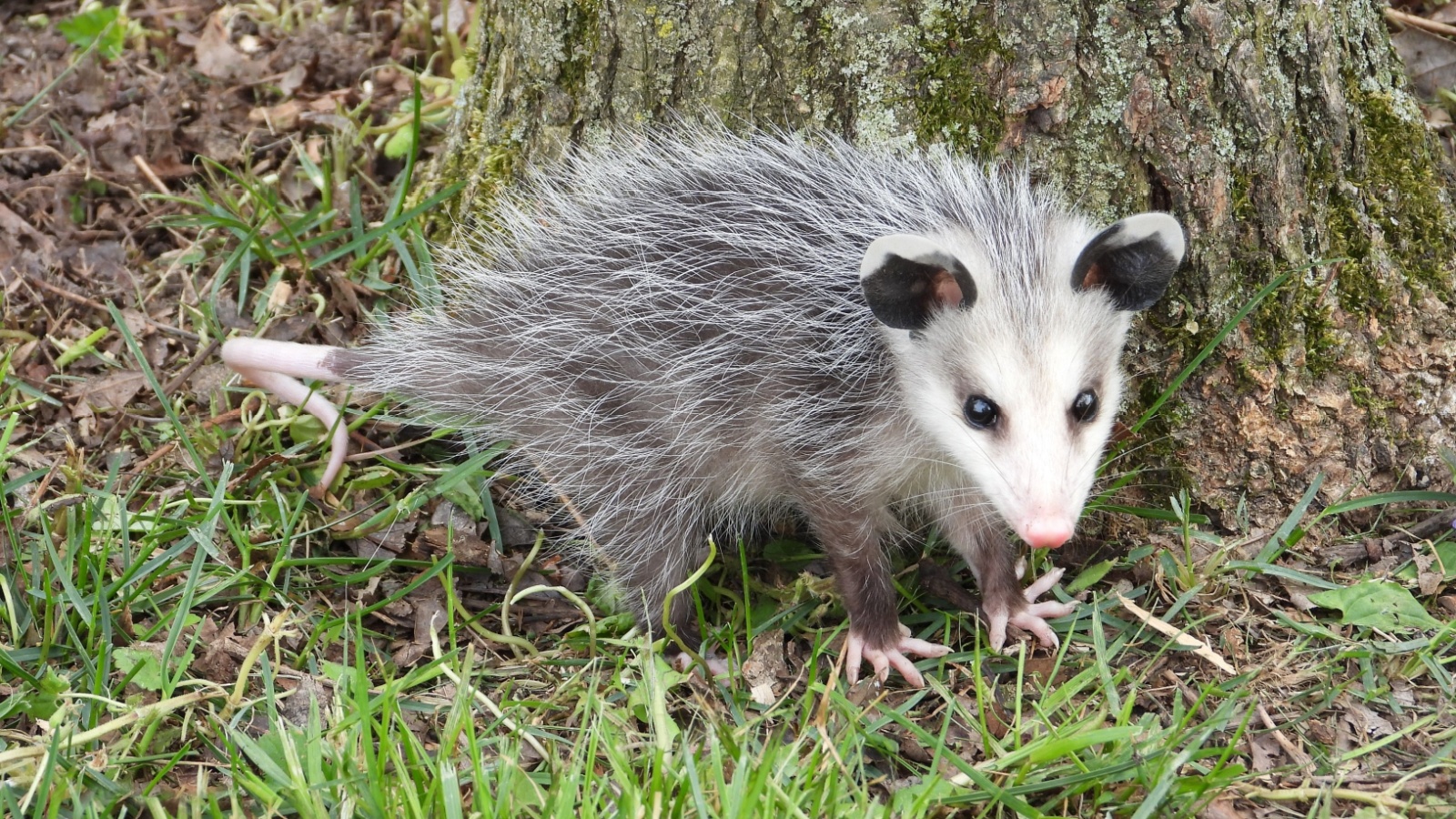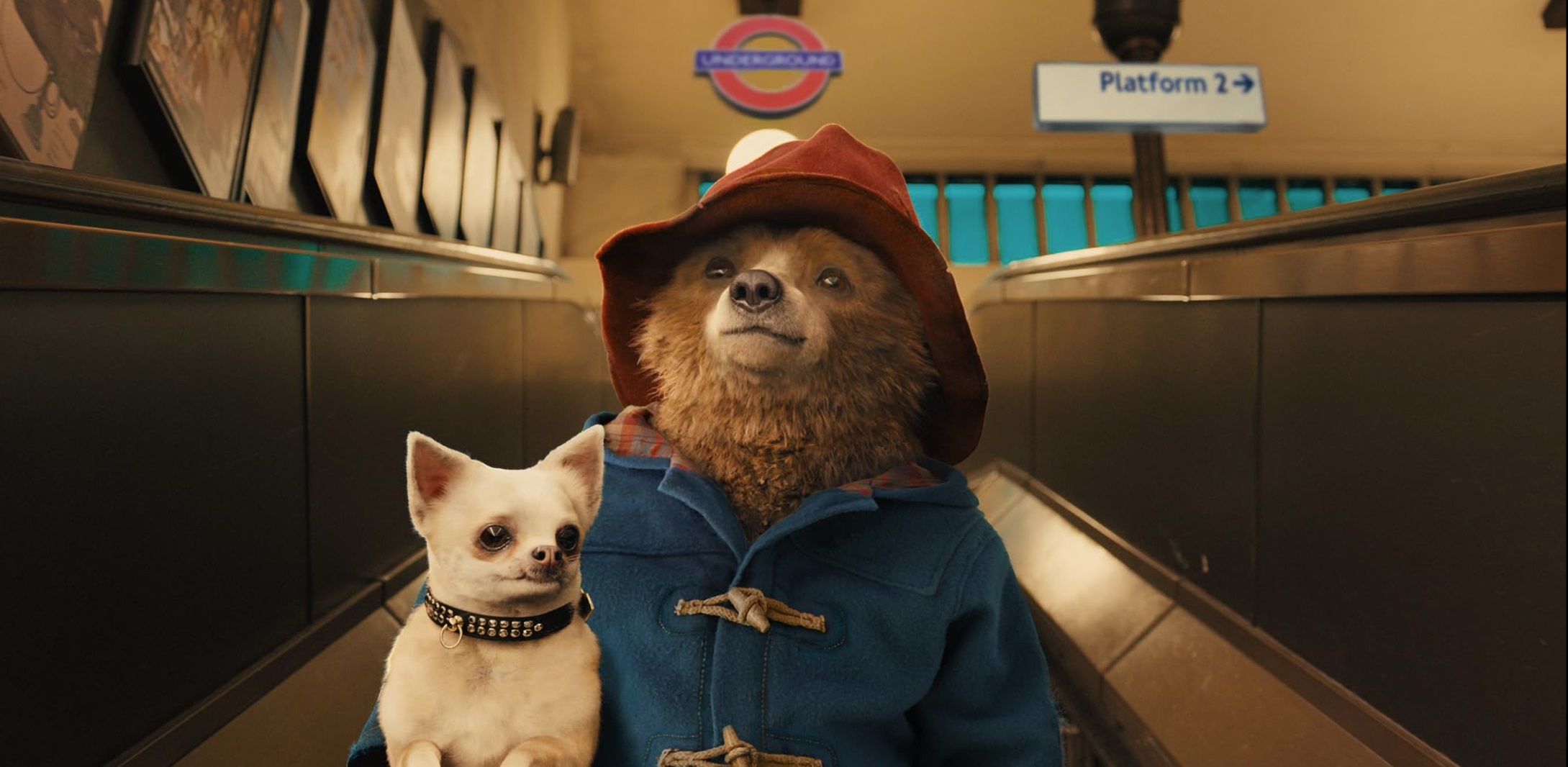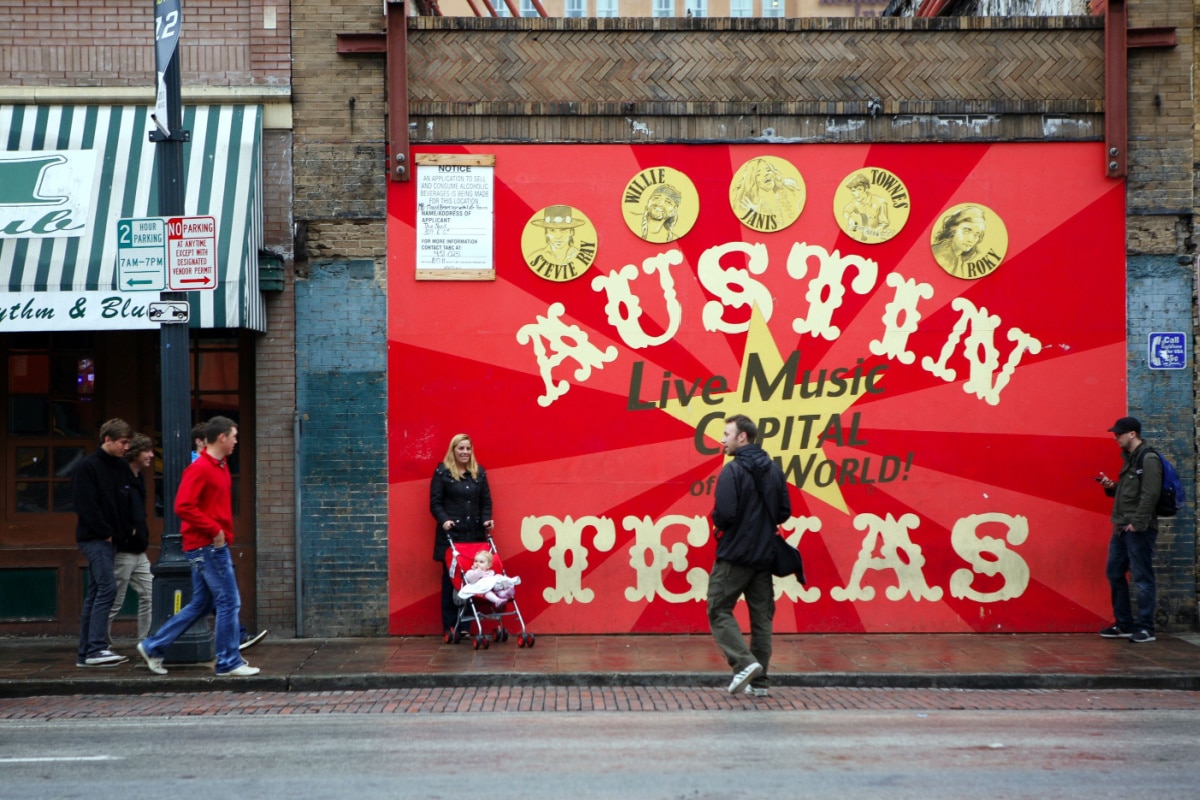I’m not sure if it’s just an American thing, but we all have intense state and regional pride here. Sure, state symbols like flags and anthems make sense, but flowers and animals? I remember being confused as a kid when I learned that places had state birds.
But many animals native to the U.S. have their own symbolic meanings like strength, adaptability, and trickery. It makes sense that certain wildlife would represent our country as a whole and specific regions as well.
A recent message board thread had people talking about some of the most quintessentially American animals. You might recognize a few, but some of them are very surprising!
Bald Eagle

Ever wondered how the bald eagle became America’s symbol? After the Declaration of Independence in 1776, Franklin, Jefferson, and Adams were tasked with designing a national seal, but their ideas didn’t impress Congress. The Secretary of Congress, Charles Thomson, took charge in 1782 and incorporated the eagle design but swapped it for the bald eagle. Congress approved it on June 20, 1782.
But this majestic bird wasn’t always soaring high. In the 1960s, bald eagles were nearly wiped out, with only 417 nesting pairs left. Thanks to conservation efforts, their numbers have skyrocketed to over 300,000 by 2021, proving that this symbol of strength is here to stay.
American Bison

Did you know that some early 1900s $10 Bison Notes sell for over a thousand dollars on eBay? Bison have been central to North America for thousands of years, providing essentials like food, clothing, and tools. Teddy Roosevelt even traveled to the Dakota Territory in 1883 to hunt them but returned with a passion for conservation instead. Today, bison roam all 50 states.
Don’t let their size fool you—bison are incredibly fast, agile, and strong swimmers. They can hit 35 mph and live up to 20 years. In 2016, they joined the ranks of national symbols as the U.S. national mammal.
Coyote

Being compared to a coyote means you’re sly and clever like these thin but agile predators. While coyotes are known for their trickster side, they also symbolize playfulness, creativity, adaptability, and wisdom. This dual nature hints at a balance between mischief and insight.
In Native American mythology, especially among the Indigenous peoples of the North American plains, Southwest, and California, the coyote holds a central, often human-like role in folklore. The coyote reminds us to embrace life’s playful side and not take everything too seriously.
Turkey

Let’s set the record straight: Benjamin Franklin didn’t really want the turkey as our national bird—that’s just a myth. And while he might not have been sold on the bald eagle either, we know the turkey found its fame in another role.
The turkey has become Thanksgiving’s mascot thanks to Sarah Josepha Hale, the American writer behind “Mary Had a Little Lamb.” She played a huge role in shaping Thanksgiving into the holiday we celebrate today and is hailed as the “Godmother of Thanksgiving.”
American Mustang
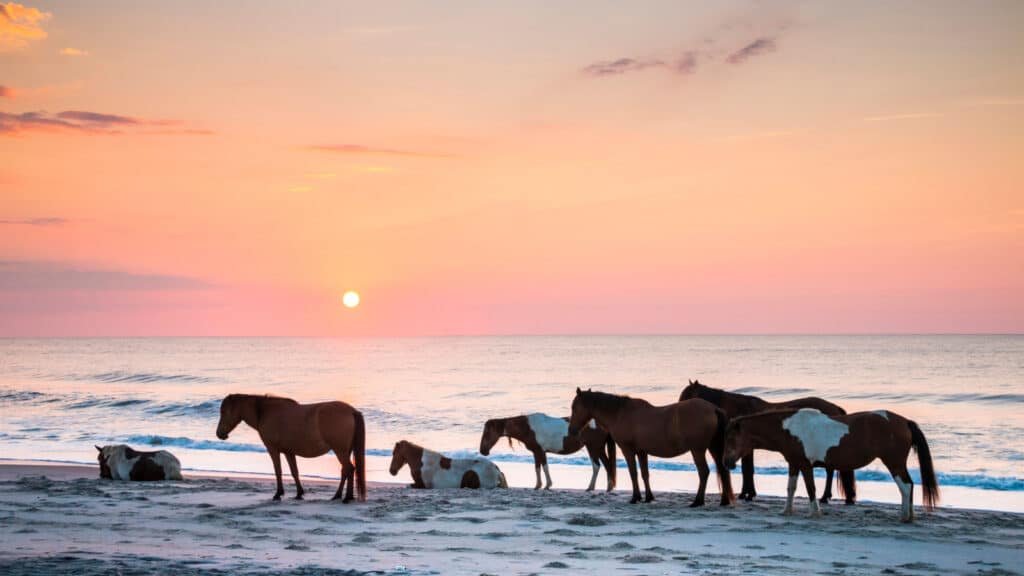
No, not the car (although that is almost as much a symbol of America as the actual horse!). The difference between a horse and a mustang is simple: a mustang is a wild, free-roaming horse.
The American Mustang, a symbol of freedom and adventure, embodies the continent’s rich history, from its introduction by the Spaniards to its resilient presence today. Originally used by the Spaniards as pack animals, these horses were later embraced by Native Americans for transportation. Over time, wild mustangs roamed freely across the northern U.S., and today, they’re mostly found in the West—especially in Nevada, Oregon, Wyoming, and Montana.
Grizzly Bear
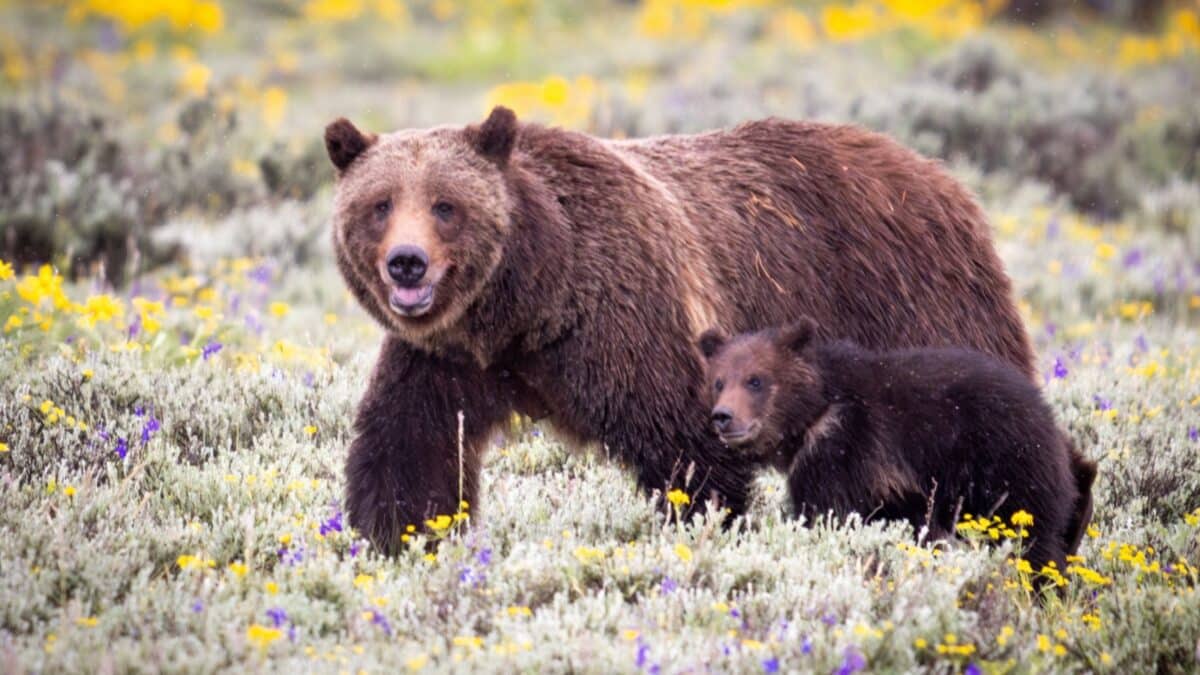
If you’re a history buff, you may have heard that the grizzly bear should have been America’s symbol instead of the bald eagle. The idea is that the grizzly, unique to North America, embodies qualities like strength and dominance. However, grizzlies weren’t discovered until 1804—just a bit too late to snag the national emblem spot.
Still, Native Americans hold the bear in high regard as a symbol of strength and protection. Named for its “grizzled” (silver-tipped) fur, the grizzly roams regions like Alaska, Montana, and parts of Canada.
American Robin

Isn’t it amazing that there are more American robins than people in the U.S.? With around 370 million robins, these birds really outnumber us. If you’ve read Emily Dickinson’s poem “I Dreaded That First Robin, So,” you know robins are seen as springtime symbols. They represent happiness, good luck, and rebirth and are also associated with optimism, love, and joy.
Robins can be found all across North America, from Alaska and Canada down to northern Florida and Mexico.
Pronghorn

If you haven’t heard of it, a pronghorn is a horned animal resembling a deer, antelope, and goat combined, though surprisingly, it’s not related to any of them! The pronghorn is a true symbol of the American West. As North America’s fastest land mammal, it can sprint up to 55 miles per hour.
For Native American tribes, pronghorns were a vital source of food and materials and held deep spiritual meaning. Their speed and agility made them symbols of grace, swiftness, and adaptability. Need proof? Check out Native American art—pronghorns are frequently featured in paintings, carvings, pottery, and beadwork.
Timber Rattlesnake

You’ve probably seen the yellow Gadsden flag with its rattlesnake emblem and text saying, “Don’t tread on me.” The origin of the snake’s association with America started with Benjamin Franklin. During the French and Indian War in 1754, Franklin’s famous “Join, or Die” cartoon featured a snake cut into eight pieces, symbolizing the colonies’ unity against Britain.
The rattlesnake became a popular American symbol, appearing on state currency and militia emblems. Sadly, timber rattlesnakes are endangered in several U.S. states and threatened in many others.
Opossum
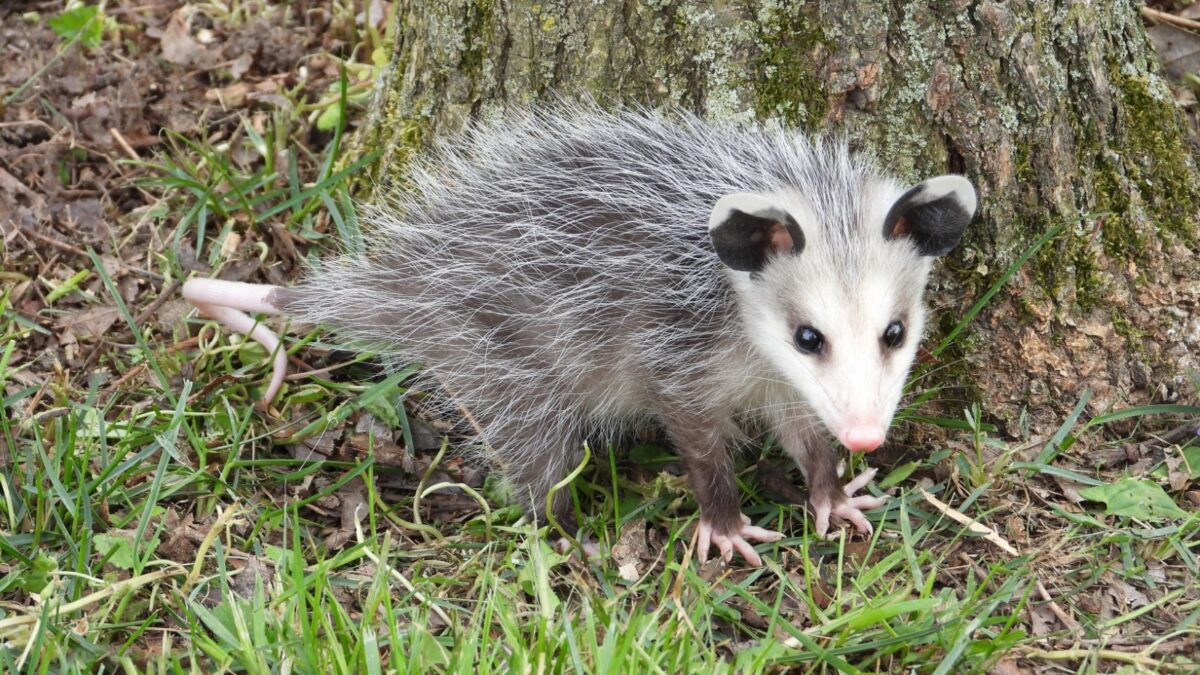
They might seem cute from afar, but opossums are a sight to see up close. Imagine walking through the woods at dawn and spotting a cat-sized creature with a thick, naked tail, a pointed snout, and long, weirdly delicate fingers.
Originating in South America, opossums made their way to North America during the Great American Interchange. With dozens of species, the Virginia opossum is the most well-known—it’s the only marsupial (pouched mammal) found in the U.S. and Canada.
White-tailed Deer

This majestic animal is so impressive that it’s the official state symbol of not one, not two, but eleven states in the U.S.! You’ll find it representing Arkansas, Illinois, Michigan, Mississippi, Nebraska, New Hampshire, Ohio, Oklahoma, Pennsylvania, South Carolina, and Wisconsin.
The white-tailed deer, or whitetail, is a true marvel of nature. It can run up to 40 miles per hour, leap over nine-foot fences, and swim at 13 miles per hour. It was once a good resource for Native Americans and settlers and is now a familiar and beloved sight across the Americas, from the U.S. to the Andes in South America.
Armadillo
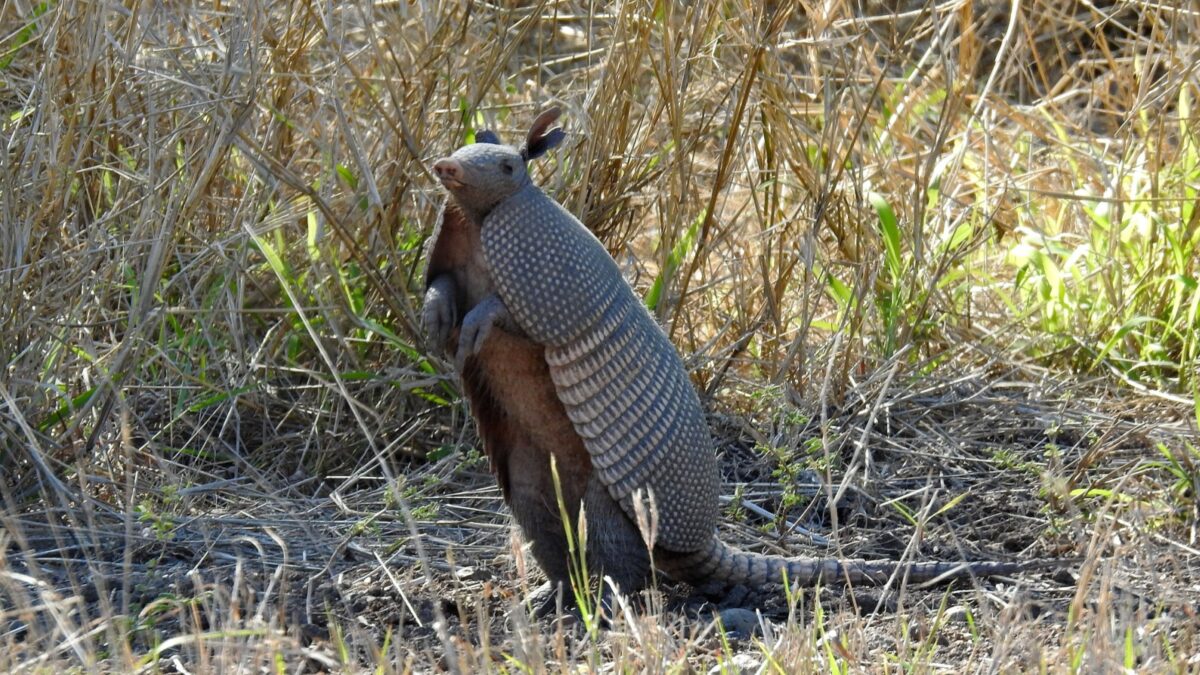
In many Native American cultures, the armadillo is seen as a protector. Its tough shell symbolizes a shield, reminding us to set boundaries and protect ourselves. But that’s not all! Some tribes believe armadillos can shape-shift into other animals or even people.
Originating in South America, the nine-banded armadillo made its way north to the U.S. about 3 million years ago when the Isthmus of Panama formed. Now found as far east as South Carolina and as far north as North Dakota, it’s widespread in Texas, where it’s even the state’s small mammal.
Source: Reddit
10 Things You Do That Instantly Give Away That You’re American

With over 300 million of us spread across 50 states, you’d think we’d be more different (and we do have our differences, of course), but when compared to other countries, American culture is undeniably unifying. We show up in the world in surprisingly similar ways, often without even realizing it. Here are a few tell-tale behaviors according to message board users that might give you away as an American—see if any sound familiar!
Read more: 10 Things You Do That Instantly Give Away That You’re American
12 Most Annoying Misconceptions About the U.S. That Americans Say Foreigners Need to Drop ASAP
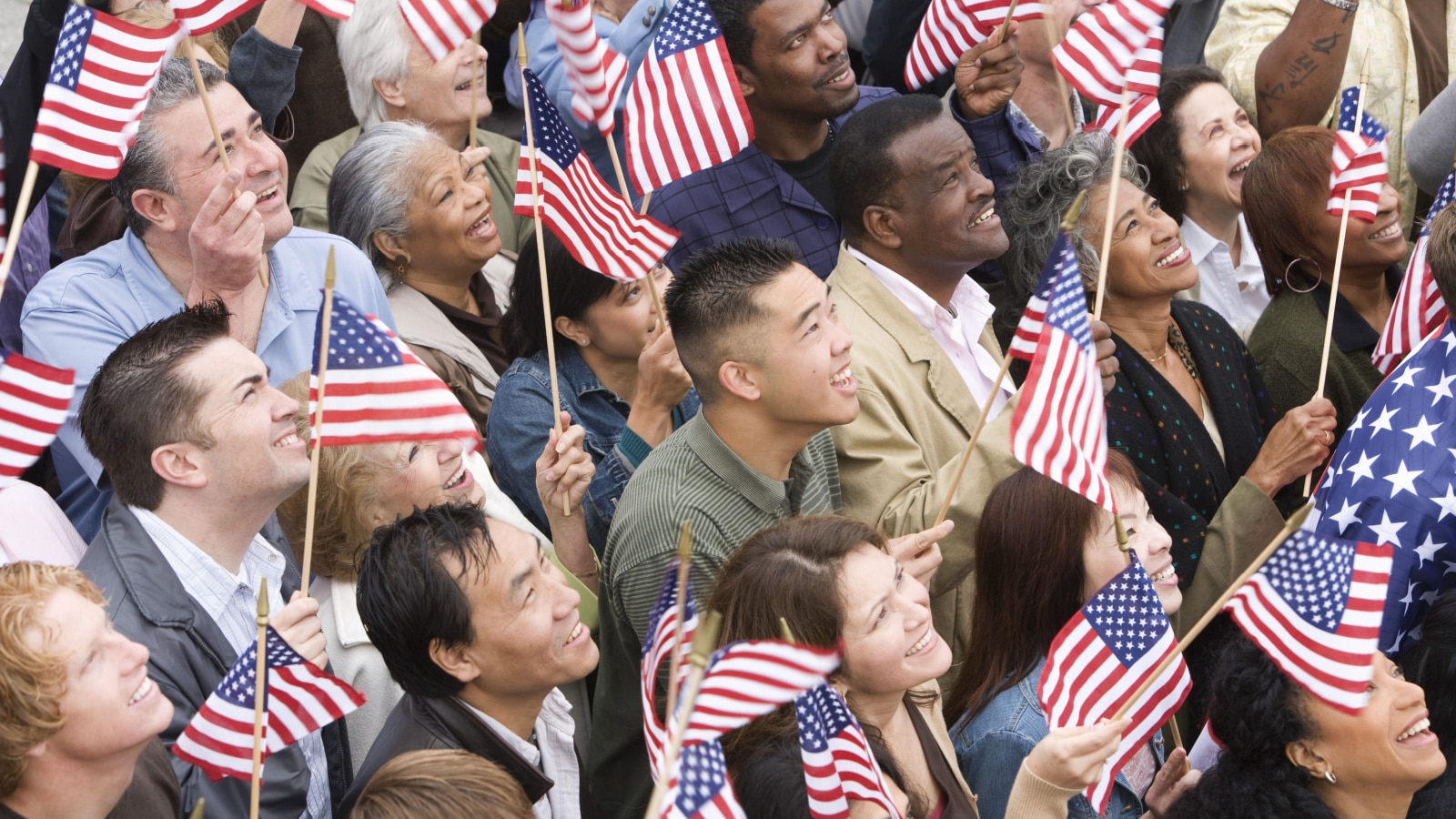
On an online platform, Americans share the most annoying misconceptions foreigners have about the U.S.
Read more: The 12 Most Annoying Misconceptions About the U.S. That Americans Say Foreigners Need to Drop ASAP
14 of the Most “American” Cooking Ingredients and Foods
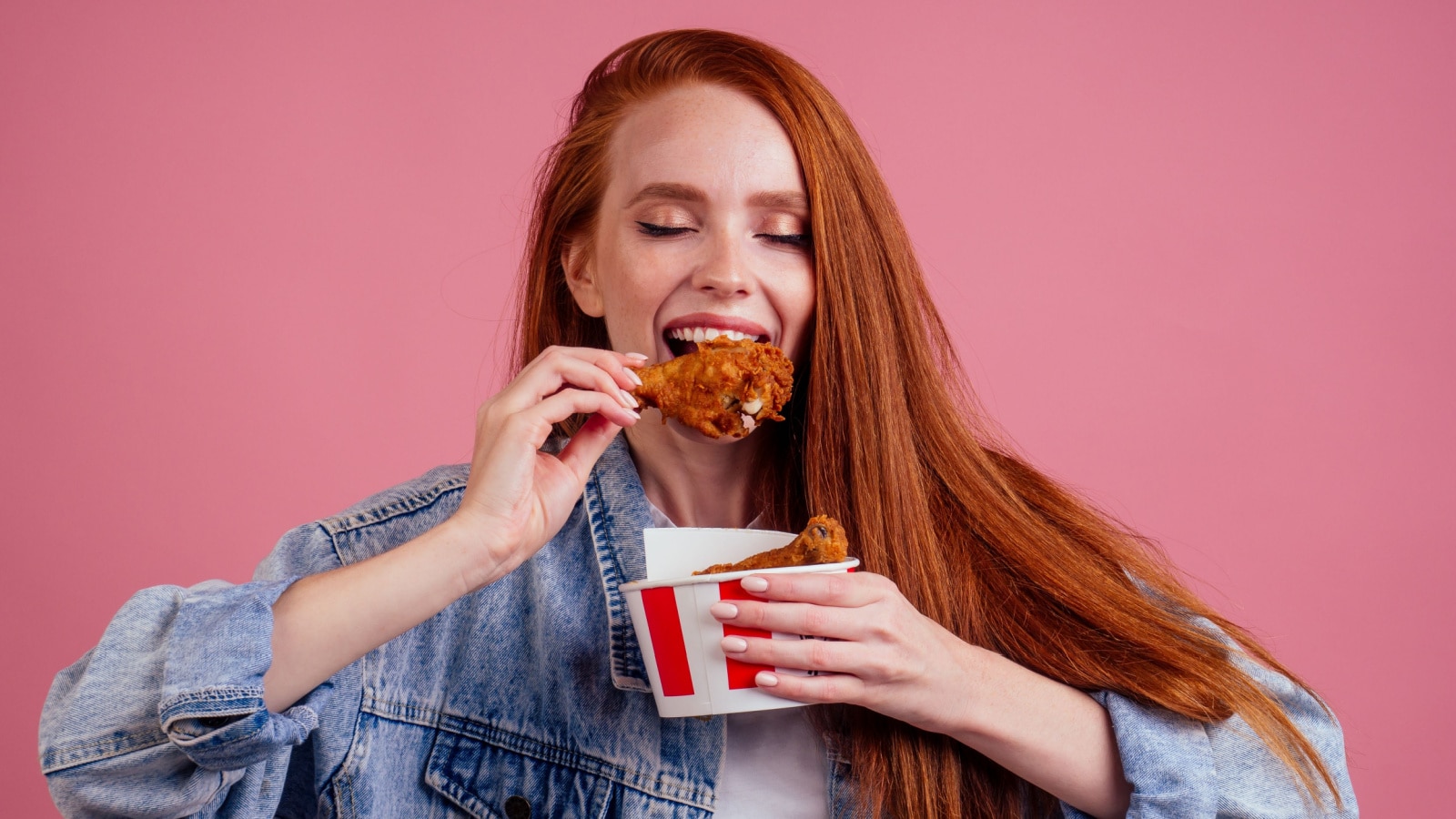
I scoured the depths of an online platform to gather insights from different people and compiled a list of the top contenders. Let’s explore the most American cooking ingredient and foods!
Read more: 14 of the Most “American” Cooking Ingredients and Fo
